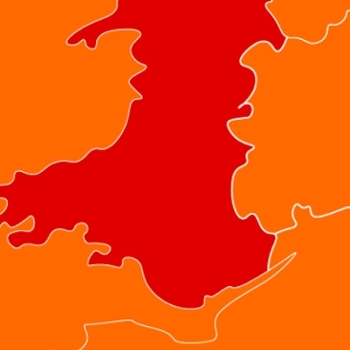Joint lecture ICorr and IOM3 NCMS - 9th April 2025
Assessing project risk in large-scale infrastructure coating and passive fire protection (PFP) projects.
&
Corrosion Science for Heritage Contexts
Speakers: Simon Daly, Safinah Group Ltd
Dr Nicola Emmerson, Cardiff University
Event Programme:
17.30 – 17:45: Arrival / Networking / Refreshments
17:45 – 18:30: ICORR Branch AGM / Introductions
18:30 – 19:00: Technical Presentation – Simon Daly
19:00 – 19:30: Technical Presentation – Dr Nicola Emmerson
19:30 – 20:00: Concluding Remarks / Networking
The Talks:
Assessing project risk in large-scale infrastructure coating and passive fire protection (PFP) projects, Simon Daly.
With an increase in the scope of passive fire protection and associated coating works on large-scale modern infrastructure projects such as high-rise buildings, stadiums, data centres and manufacturing plants, such projects represent a significant investment by the developer and require careful management.
Additionally, as fire scenarios change and newer materials are developed, application procedures and the time permitted for such large projects can become major challenges which require careful management. Historically, there has been a belief that it is possible to inspect a way to satisfactory quality, but this can only be effective if it is suitably resourced and all necessary steps at the specification and design stage have been completed thoroughly.
Based upon its experience of hundreds of painting projects, Safinah recognises that the opportunity to extract maximum value from the coating (including PFP) process decreases as the project proceeds. In contrast, risk is increasingly locked in and more difficult to avoid if potential outcomes are not considered and mitigated at an early stage.
While some regulatory frameworks, such as those in the UK, are moving towards a design-then-build approach rather than a design-as-you-build approach, this requires improved coordination, communications, and record-keeping on these large-scale fabrication projects.
Paint and associated materials such as PFP are often considered as low-value, low-risk aspects of the construction process until they go wrong. The presentation will focus on some of the key considerations at each stage of the project cycle as well as the handoffs between each stage, which will be illustrated with examples of where this has resulted in less-than-desirable outcomes.
Additionally, the presentation will demonstrate how extending conventional risk-based best practices can be used to provide a detailed project map ensuring that any coating-related risks are mitigated as far as reasonably practicable at the onset. This approach provides a framework for improving success on large-scale coating and PFP projects.
Corrosion Science for Heritage Contexts, Dr Nicola Emmerson
From historic iron bridges or ships to collections of many thousands of archaeological small finds, conservators safeguard metal heritage for future generations. Drawing on the principles of corrosion science applied to heritage contexts, we seek to find preservation solutions which comply with the ethical codes that govern our profession. This presentation explains the constraints that conservators face when designing corrosion prevention strategies which preserve as much of the original historic material as possible whilst maintaining the intangible values in the object. Through examples of research that has taken place at Cardiff University on behalf of heritage partner organisations, the need for collaboration between corrosion scientists and conservators is highlighted.





Comments (0)
There are no comments on this document.